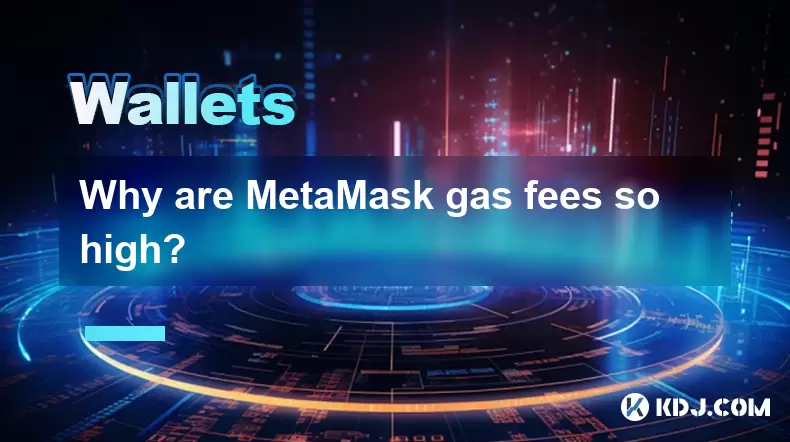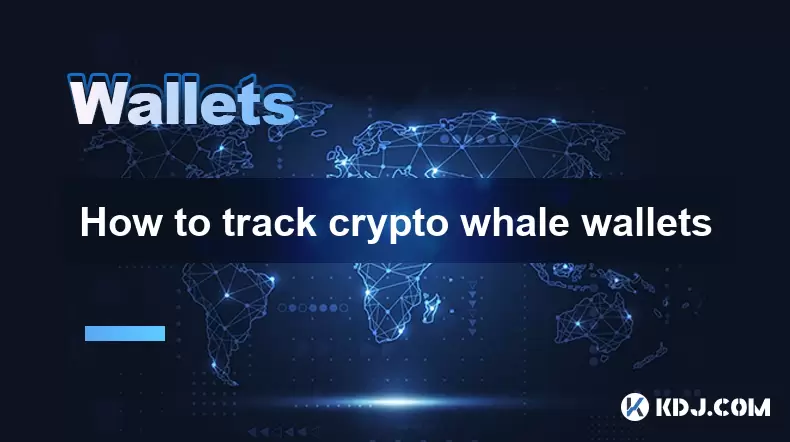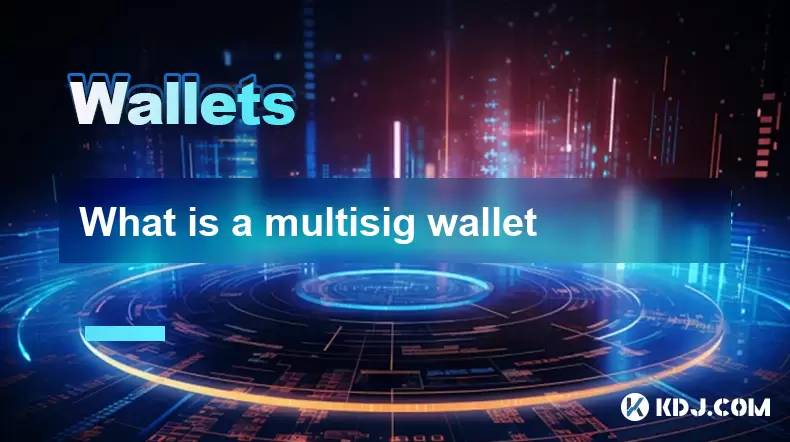-
 Bitcoin
Bitcoin $119,645.2522
1.88% -
 Ethereum
Ethereum $3,369.8520
9.67% -
 XRP
XRP $3.0670
5.75% -
 Tether USDt
Tether USDt $1.0004
0.01% -
 BNB
BNB $712.3362
3.56% -
 Solana
Solana $174.4071
7.46% -
 USDC
USDC $0.9999
0.00% -
 Dogecoin
Dogecoin $0.2164
10.48% -
 TRON
TRON $0.3075
2.01% -
 Cardano
Cardano $0.7766
5.66% -
 Hyperliquid
Hyperliquid $47.7385
0.64% -
 Stellar
Stellar $0.4634
3.12% -
 Sui
Sui $4.0177
-0.37% -
 Chainlink
Chainlink $16.8394
6.11% -
 Hedera
Hedera $0.2405
5.28% -
 Bitcoin Cash
Bitcoin Cash $507.2310
3.14% -
 Avalanche
Avalanche $22.7925
4.32% -
 Shiba Inu
Shiba Inu $0.0...01463
7.60% -
 UNUS SED LEO
UNUS SED LEO $8.8072
-1.01% -
 Toncoin
Toncoin $3.1711
4.41% -
 Litecoin
Litecoin $99.2626
2.92% -
 Polkadot
Polkadot $4.2238
4.87% -
 Monero
Monero $328.6233
-1.96% -
 Pepe
Pepe $0.0...01383
9.62% -
 Uniswap
Uniswap $9.1693
0.68% -
 Bitget Token
Bitget Token $4.7629
5.44% -
 Dai
Dai $1.0000
-0.02% -
 Ethena USDe
Ethena USDe $1.0007
0.03% -
 Aave
Aave $328.8096
1.78% -
 Bittensor
Bittensor $440.7039
3.12%
Why are MetaMask gas fees so high?
High gas fees on MetaMask are driven by Ethereum's network demand, with costs rising during congestion as users compete for faster transaction confirmations.
Jul 11, 2025 at 04:07 pm

Understanding Gas Fees on MetaMask
MetaMask is a widely used cryptocurrency wallet that allows users to interact with the Ethereum blockchain and decentralized applications (dApps). One of the most common complaints from users relates to high gas fees. To understand why this happens, it's important to first grasp what gas fees are and how they function within the Ethereum network.
Gas fees are payments made by users to compensate for the computational energy required to process and validate transactions on the Ethereum blockchain. These fees are measured in gwei, which is a fraction of an ether (ETH), and fluctuate based on network demand. When more users are transacting simultaneously, gas prices rise, leading to higher costs for sending transactions via MetaMask.
How MetaMask Calculates Gas Fees
MetaMask does not set gas fees itself; rather, it acts as an interface between users and the Ethereum network. The wallet estimates gas fees using data from recent blocks. It analyzes current network congestion and suggests a fee that should allow your transaction to be processed in a timely manner.
However, during periods of high demand—such as when new NFT drops or popular dApp launches occur—MetaMask may suggest significantly higher fees than usual. This is because miners prioritize transactions with higher gas prices, meaning if you want your transaction confirmed quickly, you often have to pay more. MetaMask provides options to customize gas fees manually, but many users rely on the default suggestions without adjusting them.
Network Congestion and Ethereum's Scalability Limitations
The Ethereum network has a limited capacity for processing transactions per second (TPS). As more users join the ecosystem and perform transactions, network congestion increases, which directly affects gas fees. Ethereum currently processes around 15 TPS, far lower than newer blockchains like Solana or Avalanche, which handle thousands of TPS.
When large-scale DeFi activities, token transfers, or smart contract executions happen simultaneously, the network becomes overloaded, and users must compete by offering higher gas prices. MetaMask reflects these conditions in real-time, so users often see spikes in suggested gas fees during such times. This issue is inherent to Ethereum’s current architecture and will only be alleviated through layer-2 scaling solutions or Ethereum 2.0 upgrades.
Customizing Gas Fees in MetaMask
MetaMask gives users the ability to adjust gas fees manually before confirming a transaction. This feature can help reduce costs if done correctly. Here’s how to do it:
- Open the transaction confirmation window.
- Click on "Edit" next to the gas fee section.
- You’ll see three options: Slow, Normal, and Fast, each associated with different gas prices and estimated confirmation times.
- Alternatively, you can input custom values for Gas Price (GWEI) and Gas Limit.
It’s crucial to understand that Gas Limit refers to the maximum amount of gas you’re willing to spend on a transaction. For simple ETH transfers, the default limit of 21,000 is usually sufficient. However, for complex smart contract interactions, a higher limit may be necessary to avoid transaction failures.
Time-Based Strategies to Reduce Gas Fees
Timing plays a significant role in determining how much you'll pay in gas fees. Certain hours of the day, days of the week, or even months tend to have lower network activity, resulting in reduced gas prices.
For example:
- Weekends generally see less traffic compared to weekdays.
- Early mornings or late nights in major time zones often have lower gas prices.
- Monitoring tools like Etherscan Gas Tracker can help identify optimal times to send transactions.
By strategically timing your MetaMask transactions, you can significantly cut down on gas expenses. Some advanced users also use scripts or browser extensions that automatically submit transactions when gas prices drop below a certain threshold.
Frequently Asked Questions
Why does MetaMask sometimes show extremely high gas fees?
MetaMask pulls live data from the Ethereum network and bases its gas price suggestions on current demand. If many users are transacting at the same time, gas prices surge, and MetaMask reflects this in its estimate. Additionally, some transactions involving complex smart contracts require more computational resources, which translates into higher gas limits and, consequently, higher fees.
Can I edit gas fees after submitting a transaction?
Once a transaction is submitted to the Ethereum network, you cannot modify the gas fee. However, you can attempt to speed up or cancel the transaction by resubmitting it with a higher or lower gas price, respectively. In MetaMask, this can be done under the "Activity" tab by selecting the pending transaction and choosing either "Speed Up" or "Cancel."
Are gas fees always paid in ETH?
Yes, all gas fees on the Ethereum network must be paid in ETH, even if you're interacting with ERC-20 tokens or NFTs. MetaMask will automatically deduct the required ETH from your wallet to cover the gas cost. If you don’t have enough ETH, your transaction will fail before it even enters the network.
Does MetaMask support EIP-1559?
Yes, MetaMask fully supports EIP-1559, which reformed the way gas fees are calculated by introducing a base fee that gets burned and a priority tip for miners. This update aimed to make gas pricing more predictable and efficient. Users can now see separate fields for Base Fee and Priority Tip when editing gas settings in MetaMask.
Disclaimer:info@kdj.com
The information provided is not trading advice. kdj.com does not assume any responsibility for any investments made based on the information provided in this article. Cryptocurrencies are highly volatile and it is highly recommended that you invest with caution after thorough research!
If you believe that the content used on this website infringes your copyright, please contact us immediately (info@kdj.com) and we will delete it promptly.
- BlockDAG's X1 App Surpasses 2 Million Users Amid Telegram Push and Crypto Market Buzz
- 2025-07-17 05:10:12
- Litecoin, Remittix, Presale: Navigating the Crypto Landscape in 2025
- 2025-07-17 05:30:12
- Bitcoin, Ethereum, Bulls Control: Riding the Crypto Wave
- 2025-07-17 04:50:13
- Dogecoin Price Prediction: Will DOGE Bark or Bite in the Altcoin Frenzy?
- 2025-07-17 05:30:13
- PYUSD on Arbitrum: PayPal's Stablecoin Revolution
- 2025-07-17 04:50:14
- Cloud Mining, Multi-Coin Mining, Digital Assets: The Future is Now, Dude!
- 2025-07-17 05:35:13
Related knowledge

What is a hardware wallet's secure element
Jul 11,2025 at 10:14pm
What is a Hardware Wallet's Secure Element?A hardware wallet is one of the most secure ways to store cryptocurrencies. Unlike software wallets, which ...

How to track crypto whale wallets
Jul 16,2025 at 10:00am
What Are Crypto Whale Wallets?Crypto whale wallets refer to large cryptocurrency holdings controlled by individuals or entities that have the potentia...

What is the difference between a custodial and non-custodial wallet
Jul 13,2025 at 03:21am
Understanding Wallet Types in CryptocurrencyIn the world of cryptocurrency, digital wallets play a crucial role in managing and securing assets. A wal...

What is a multisig wallet
Jul 16,2025 at 01:42am
Understanding the Concept of a Multisig WalletA multisignature (multisig) wallet is a type of cryptocurrency wallet that requires more than one privat...

How to add a new network to MetaMask
Jul 11,2025 at 11:42pm
Understanding the Need to Add a New NetworkWhen using MetaMask, a popular Ethereum-based cryptocurrency wallet, users often need to interact with diff...

How to add Ethereum L2 networks like Arbitrum to Trezor
Jul 11,2025 at 12:36am
What Is Ethereum L2 and Why Add It to Trezor?Ethereum Layer 2 (L2) networks, such as Arbitrum, are scaling solutions designed to reduce congestion on ...

What is a hardware wallet's secure element
Jul 11,2025 at 10:14pm
What is a Hardware Wallet's Secure Element?A hardware wallet is one of the most secure ways to store cryptocurrencies. Unlike software wallets, which ...

How to track crypto whale wallets
Jul 16,2025 at 10:00am
What Are Crypto Whale Wallets?Crypto whale wallets refer to large cryptocurrency holdings controlled by individuals or entities that have the potentia...

What is the difference between a custodial and non-custodial wallet
Jul 13,2025 at 03:21am
Understanding Wallet Types in CryptocurrencyIn the world of cryptocurrency, digital wallets play a crucial role in managing and securing assets. A wal...

What is a multisig wallet
Jul 16,2025 at 01:42am
Understanding the Concept of a Multisig WalletA multisignature (multisig) wallet is a type of cryptocurrency wallet that requires more than one privat...

How to add a new network to MetaMask
Jul 11,2025 at 11:42pm
Understanding the Need to Add a New NetworkWhen using MetaMask, a popular Ethereum-based cryptocurrency wallet, users often need to interact with diff...

How to add Ethereum L2 networks like Arbitrum to Trezor
Jul 11,2025 at 12:36am
What Is Ethereum L2 and Why Add It to Trezor?Ethereum Layer 2 (L2) networks, such as Arbitrum, are scaling solutions designed to reduce congestion on ...
See all articles

























































































